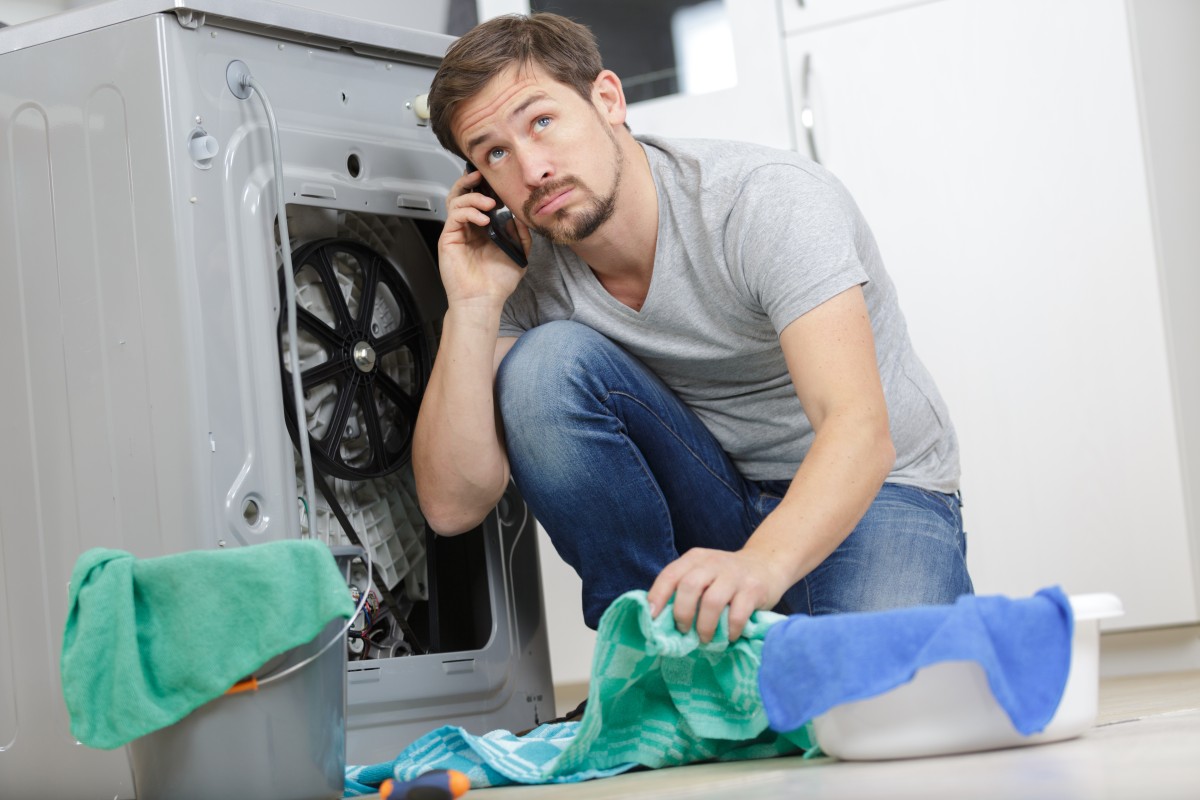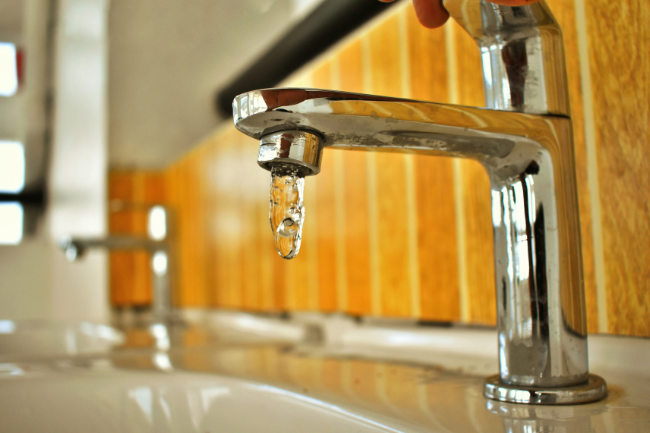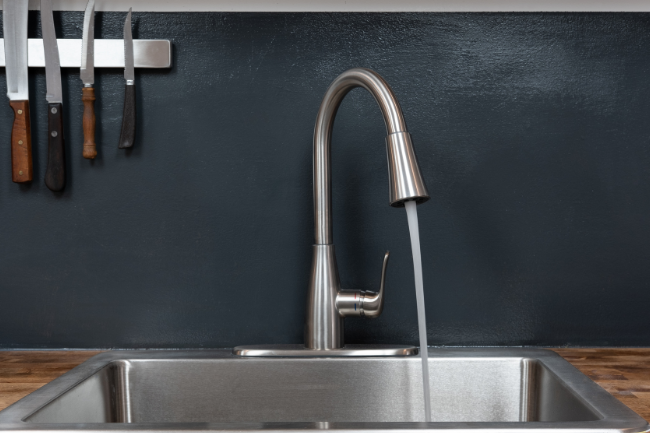How to Fix a Leaking Washing Machine Hose
Posted by William Heinselman on

The last thing you expected when you finally headed to your washing machine with that basket of dirty laundry was water puddles everywhere.
A leaking washing machine drain hose is usually to blame for the mess, but they are much more than just an inconvenience. A broken washing machine drain hose can cause catastrophic damage to your property and expensive repair bills. Until you fix the leak, water will continue pouring into your home. If you’re away on vacation or at work, this could mean extensive flooding, long talks with your insurance agent, and even new construction due to water damage!
So, it’s important to fix a leaking washing machine hose as quickly as possible and look for the signs when your hose is aging to prevent a break from happening in the first place.
Signs Your Washing Machine Drain Hose is Leaking
You’ll likely know when you have a leaky washing machine because the signs are usually quite obvious and hard to miss. One of the most telling indicators is the presence of water pooling around your washing machine, which is a clear sign that the washing machine drain hose is leaking. This water can spread across your laundry room floor, creating a mess that is not only inconvenient but can also lead to further damage if not addressed promptly.
Hoses, like many other components of household appliances, have a limited lifespan. They eventually wear themselves out due to constant use and exposure to water pressure and are typically only useful for a few years. Therefore, it’s crucial to regularly inspect them every couple of months to ensure they are in good condition. This proactive approach helps you avoid potential leaks and the subsequent flooding that can occur if a hose fails.
During your inspections, look for signs of wear such as cracking, abrasions, or any other visible damage. These are red flags indicating that the hose is compromised and should be replaced immediately to prevent any water damage to your home. By staying vigilant and replacing damaged hoses promptly, you can maintain the efficiency of your washing machine and protect your property from unnecessary water damage.
Reasons Why Your Washing Machine Drain Hose is Leaking

A washing machine drain hose can turn a useful appliance into a nightmare for a couple of reasons, the most common including:
Worn Out Hose
Your washing machine drain hose doesn’t last forever; in fact, it only lasts about five years before it needs to be replaced. Even if your hose still looks like it's in prime condition, the deterioration may not be evident on the outside until it actually cracks.
If you currently have rubber hoses, consider switching them out for steel braided options. Older, rubber styles are more likely to break than steel braided hoses. Help yourself remember the last time you replaced your hoses by writing the installation date on the hose so you can stay on track with replacements.
Leaking Washing Machine Hose Connection
Water leaks can occur if the water hose connection between the washer and the wall is disconnected. The hose can loosen due to the constant vibrations from washing machine cycles. If you suspect your leaking washing machine is the result of a loose hose connection, all you have to do to fix it is tighten the hose.
Washers are Damaged
The washers or seals may also be worn out. Washers sit on the water fill hose and ensure no water escapes. Time, though, causes the washer's original shape to distort, allowing water to pass through and causing a leak, so it’s important to replace washers when they lose their form. Luckily, washers and seals are easy to replace and can be purchased at your local hardware store.
5 Steps to Take to Replace a Washing Machine Hose
Before you can fix your leaking washing machine hose, you first have to check to see which hose is the source of the leak. While leaks to the drain and fill hoses are most common, washing machines have several types of hoses, some external and some internal.
First, check for any washing machine drain hose connection leaking by inspecting the connections at the back of the machine. Tighten any that seem loose. If none of these external hoses appear to be leaking, then the culprit may lie with the internal hoses.
Disconnect your washer machine from the power source and either open the cabinet or unscrew the access panel from the back. The inside of a washer contains many internal hoses, so make sure to check each for any signs of damage that could be causing the leak. Keep your eyes out for clues like calcium deposits or rust.
If you do find a damaged hose, you’ll have to replace it. Don’t worry though - it’s actually a very quick process! Follow these steps for replacing an external washing machine hose and you’ll have a leak-free washing machine in no time.
Step 1
Gather your materials, including a bucket, slip-joint pliers, and (of course) the replacement hose. If you haven't already done so, disconnect your washing machine from its power source and shut off the cold and hot water valves.
Step 2
Unplug any external hoses from the washing machine, including the water supply hose. Use the bucket to catch any spilling water.
Step 3
Connect your new hoses back into the machine. Remember to match the cold water hose to the cold water connection, and the hot water hose to the hot water connection.
Step 4
Screw the other end of the hoses to the water supply, again matching the cold water hose to the cold water connection and the hot water hose to the hot water connection.
Step 5
Once the hoses are connected, turn the water valves back on and test for leaks.
When to Call a Professional Plumber
As with any home plumbing problem, it’s important to know your own DIY limits as a homeowner. It can actually make the problem worse if you attempt to fix your leaky washing machine hose with the wrong tools!
If your external hoses keep leaking, or if the leak is internal and difficult for you to fix yourself, then you should turn to experienced plumbing professionals like Express Sewer & Drain. We’ve been helping homeowners in the Sacramento area keep their washing machines running smoothly for years. Contact us today and we can get started restoring your home’s plumbing to working order.
Topics: Pipe Leaks and Repair, Home Plumbing, DIY






